Nanjing retains its history, charm in modern era
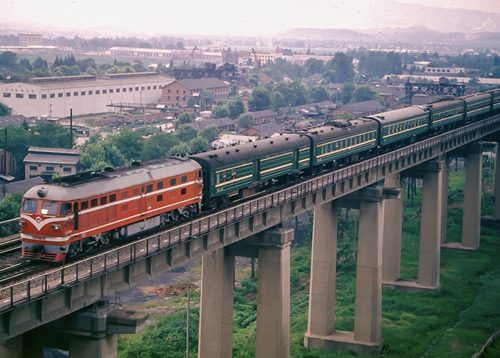
Passenger train approaching Nanjing Yangtze River Bridge 1996. [Photo by Bruce Connolly/chinadaily.com.cn]
Jiangsu is an area of agricultural abundance known as the "land of fish and rice". Moving through by train in 1996, I felt I was looking on a scene resembling a tapestry where white-walled farm buildings rose amidst green, yellow and blue. It was a landscape of water transportation, where laden barges wound along a maze of rivers and waterways culminating in the Grand Canal. It appeared obvious even then how urbanization was spreading out from Shanghai, particularly along the southern sections of the Yangtze River. Jiangsu was on an upward development curve. This was something I again witnessed visiting the lovely city of Zhangjiagang earlier this year.
In August 1996, I was relaxing in Suzhou after several weeks' hard travel. Knowing I would soon have to return to Beijing and fly back to Scotland it was tempting to spend my remaining days in Suzhou. However, the more I looked at my maps, the more I was drawn to Nanjing. It was a city reflecting much of China's story, and I could take a train from there back to Beijing.
After saying goodbye to friendships I had formed in Suzhou, Nanjing was a relatively short journey. Within moments of arriving I realized why, along with Chongqing and Wuhan, it is called one of the "three furnaces" of China. Despite the heat and humidity, I soon wished I had more time. Over my few days there I quickly formed an affection for a city that had twice been China's "Southern Capital". It assumed this role from 1368 to 1421 during the Ming Dynasty, and in the early 20th century. It was during the Ming Dynasty a grand palace and its famed city walls were constructed.
Zhongshan Road is a prominent north-south street within the central city. From the Xinjiekou traffic circle rises a statue of Sun Yat-sen. He was born close to Guangdong's Zhongshan city on 12 November 1866, and is regarded as the "father of modern China" for his role in ending the imperial Qing dynasty. Sun's body was brought by train to Nanjing in 1929, to be placed in a specially built mausoleum.
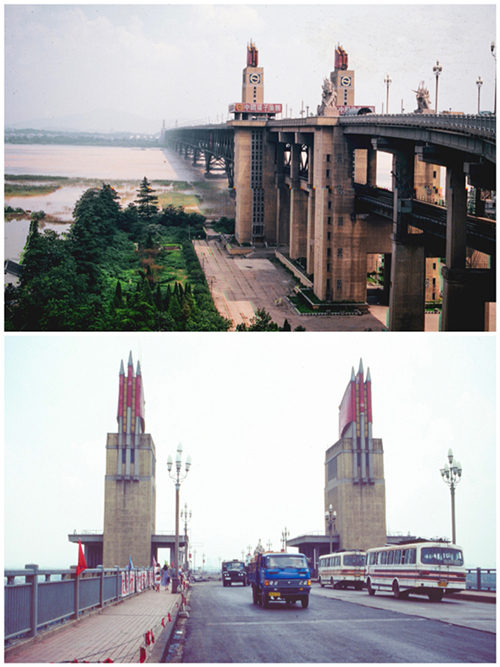
Nanjing Yangtze River Bridge 1996. [Photo by Bruce Connolly/chinadaily.com.cn]
The tomb, whose design encompasses both traditional and modern architecture, sits on Purple Mountain (Zijueshan), a forested hill rising on the city's eastern fringe. Heading there I noticed how many of the city's streets were shaded by trees whose branches formed a canopy above the carriageway. From a distinctive gateway of Fujian marble, the tomb was accessed by a tree-lined stairway of 392 steps. A tough climb in relentless summer heat, but well worth the effort. Having worked in Guangzhou and learning of the role Sun had played in China's modern history, I sat quietly for a while outside the mausoleum.
For over 30 years China's railways have fascinated me, and this fascination continues today, with its world-leading growth of the high-speed network. Nanjing, however, has an important reminder of one of the country's earlier engineering achievements-the Yangtze River Bridge. Designed and built entirely by Chinese engineers, it opened in 1968. Previously there was no direct link between Beijing and Shanghai; boats had to transfer passengers and cargo across the river. Having seen monochrome photographs of it during my school days, I desired not just to visit the bridge but to walk across to the far side of the river.
A long stairway led up to the roadway; another, to a viewing platform. Fishermen worked along the river banks while passenger and cargo vessels passed under the bridge. Travelers on the passing public buses looked on at amazement as I kept pushing onward, despite the intense heat. Heading back across, I caught a bus into town before heading straight toward an alley that called itself "Pinyin Street" near Shanghai Lu. I had formed a bond with a cafe there, for its cold drinks and great food enjoyed while listening to familiar tunes — including a 1963 hit by American singer Bobby Vinton, Blue Velvet. I was reminded of Yunnan's Dali or Guangxi's Yangshuo.
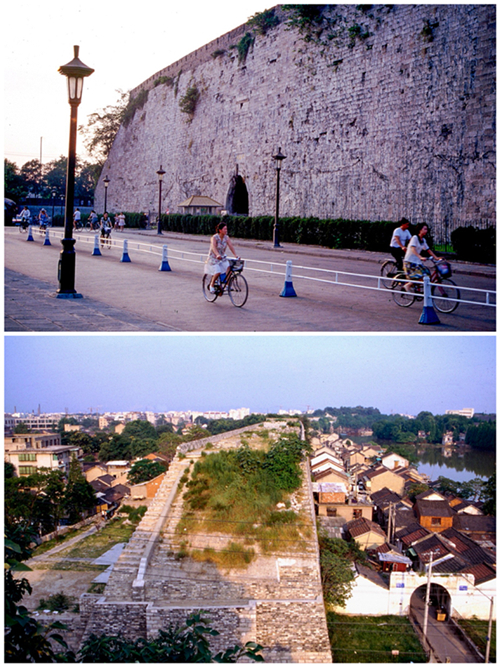
The historic walls of Nanjing 1996. [Photo by Bruce Connolly/chinadaily.com.cn]
Nanjing boasts a 600-year-old city wall 35 kilometers in length. 350 million bricks were used in its construction. During the 1950s and 60s it suffered from neglect, and later the city's rapid growth. Many bricks disappeared. In 2010 the local government launched a restoration project, resulting in 80,000 bricks being returned. I explored parts of the wall in 1996, particularly around the southern Gate of China. This was a complex structure with four sets of gates, making it virtually impregnable. Amazingly, it could house 4,000 soldiers. Walking on the walls, I stopped regularly to examine bricks with makers' inscriptions and dates of production.
From the walls were contrasting views of Nanjing. Modern residential and commercial buildings were finished or under construction, but what really intrigued me were the tightly packed alleys, some accessed via moongate directly below, between the walls and the waters of the navigable Qinhuai River. Boats were tied up directly below tree-covered cliffs with the wall running above. South of the gate, cyclists were crossing Changgan Bridge before heading off around the edge of the walls.
The strength of the walls were again a reminder of the many troubled periods the city has gone through. When I visit a new place I try to see its museums and memorial parks to learn the history, which at times was certainly tragic. Having read about Nanjing's experiences in 1937 I decided to visit the Memorial Hall of the Nanjing Massacre. It was somber and thought-provoking, and provided another quiet moment for reflection. I returned to my cafe near Nanjing University, the area thronged with students from a wealth of countries enjoying and appreciating the friendship and welcome the city was giving them. Talking to some, there was an obvious joy over being able to study in Nanjing. I was in agreement — and a bit envious.
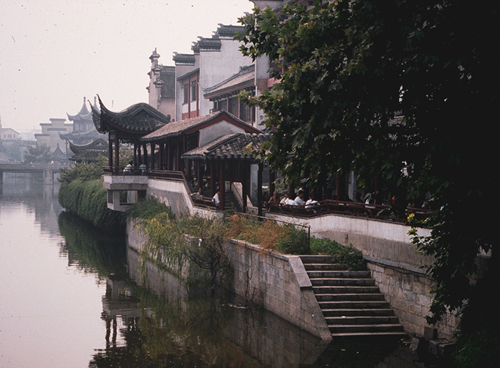
Fuzimiao Nanjing 1996. [Photo by Bruce Connolly/chinadaily.com.cn]
A public bus carried me along Zhongshan Bei Lu to Xuanwu Lake Park, another of the city's delights that once was an imperial garden. It is the only preserved royal garden south of the Yangtze River. Located within the old city walls, it surrounds a large lake where five islands are interconnected by arched bridges..I sat at a cafe over a cold drink thinking how the city's extensive parks created a relaxed, peaceful feeling.
Tourism, particularly domestic, was just starting to grow in 1996. One area being developed was Fuzimiao alongside the Qinhuai River. Long before its contemporary commercial feel, this was where an imperial university dating from the Jin dynasty (265-420 AD) stood alongside a Confucian temple. The largest imperial examination halls during the Ming and Qing periods were located there. Remnants of the tiny "cells" where students studied Confucian classics before the examinations can still be viewed. Within Fuzimiao, buildings overlooking the river had been restored in traditional architectural style offering riverside cafe and dining experiences.
It was almost time to leave Nanjing, but first I made a final trip to my cafe haunt near the university for some of that great mixture of Chinese, Asian and Western food I enjoyed so much. Blue Velvet was again playing.
Three days later back in Glasgow, I was meeting friends to chat about the many recent China moments. In mid-conversation I stopped, quietly smiling. "Bruce", I was asked, "what is wrong?" The background music was Blue Velvet. "Sorry," I replied, "for a moment I thought I was still in Nanjing!"
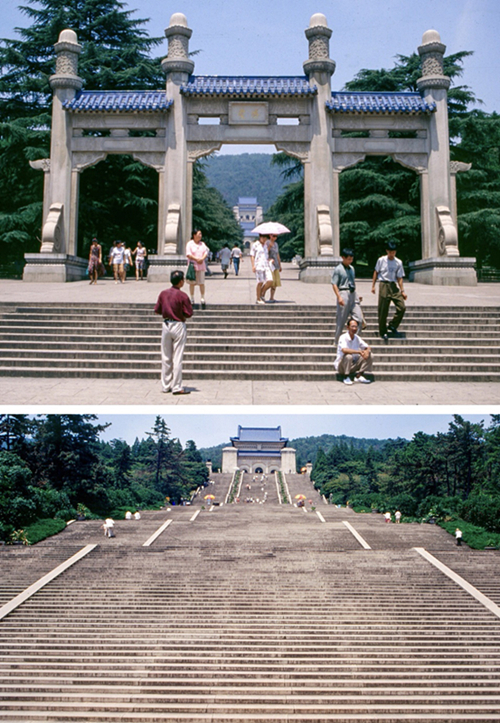
Approach to Dr Sun Yat-sen Mausoleum Nanjing 1996. [Photo by Bruce Connolly/chinadaily.com.cn]
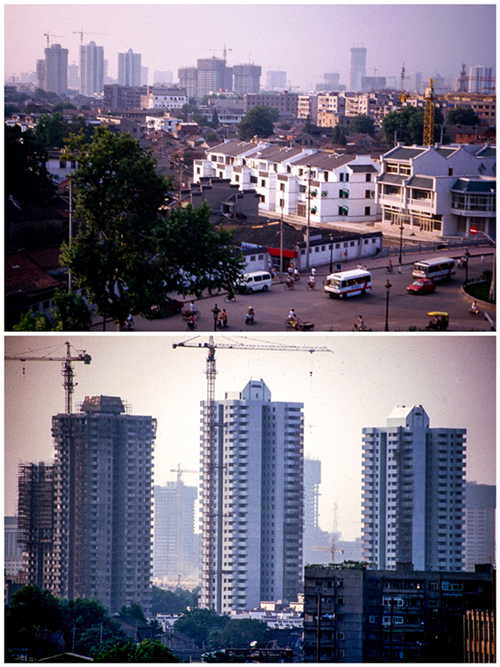
Changing skyline of Nanjing 1996. [Photo by Bruce Connolly/chinadaily.com.cn]
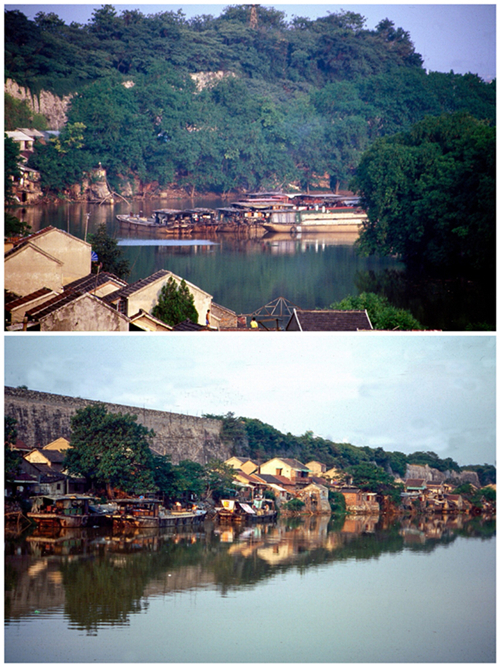
City walls and boats Qinhuai River Nanjing 1996. [Photo by Bruce Connolly/chinadaily.com.cn]
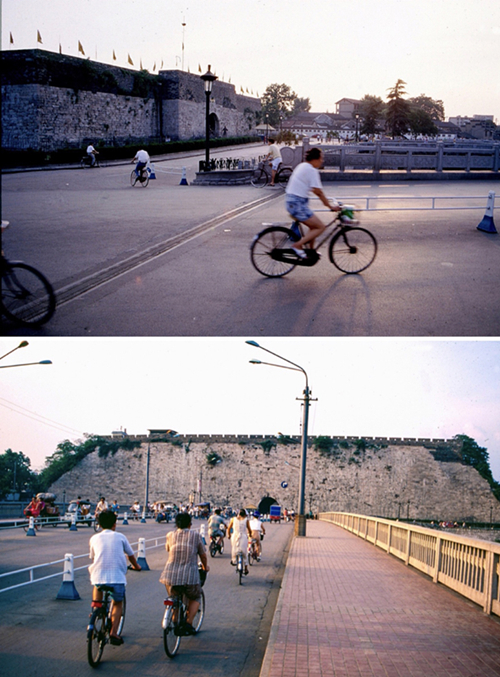
Cycling near Zhonghuamen (Gate of China) Nanjing 1996. [Photo by Bruce Connolly/chinadaily.com.cn]
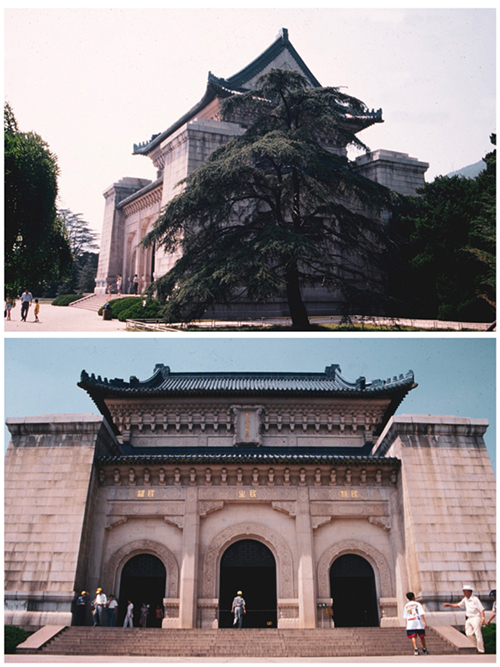
Dr Sun Yat-Sen Mausoleum Nanjing 1996. [Photo by Bruce Connolly/chinadaily.com.cn]
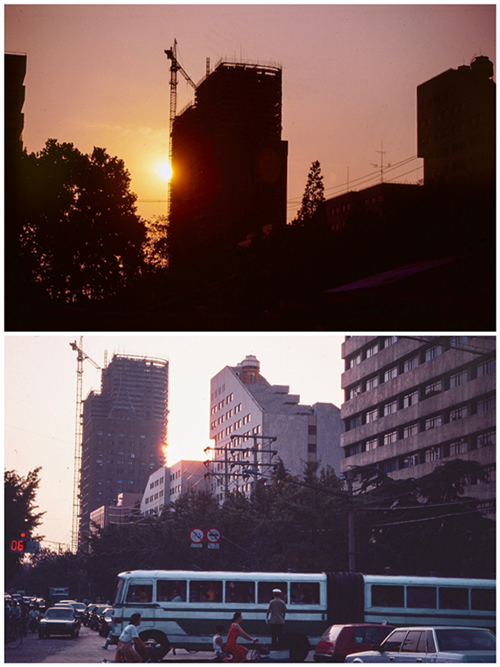
Evening in central Nanjing 1996. [Photo by Bruce Connolly/chinadaily.com.cn]
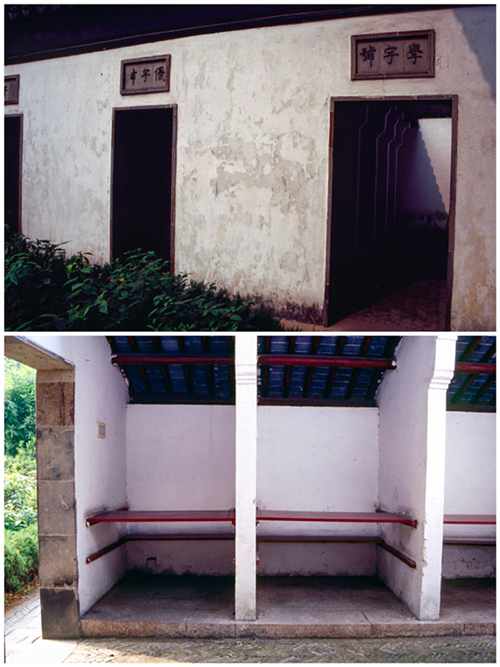
Examination rooms at Confucius Temple Nanjing 1996. [Photo by Bruce Connolly/chinadaily.com.cn]
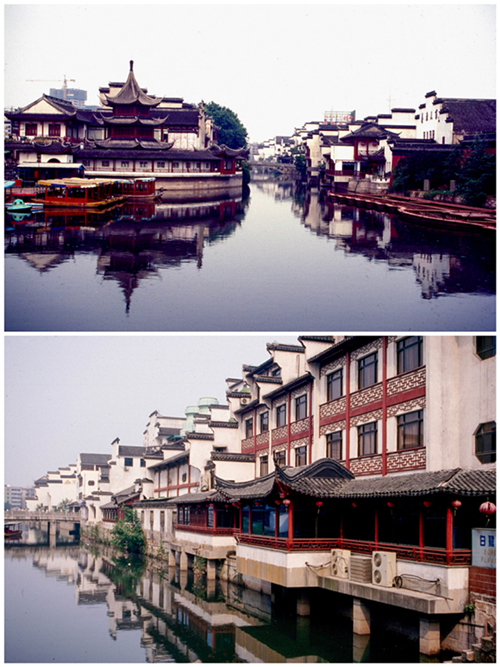
Fuzimiao and Qinhuai River 1996. [Photo by Bruce Connolly/chinadaily.com.cn]
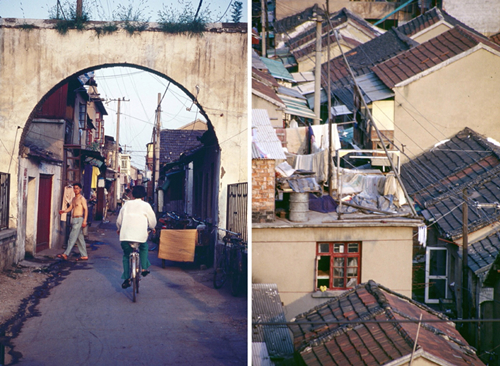
Housing alongside Nanjing City Walls 1996. [Photo by Bruce Connolly/chinadaily.com.cn]
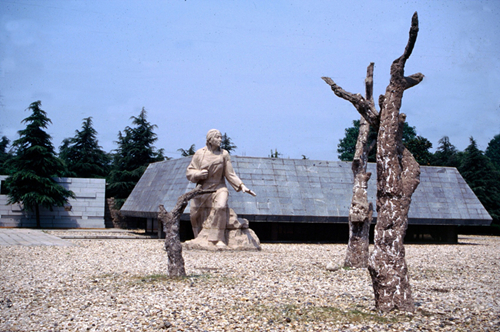
Memorial Hall of the Nanjing Massacre 1996. [Photo by Bruce Connolly/chinadaily.com.cn]
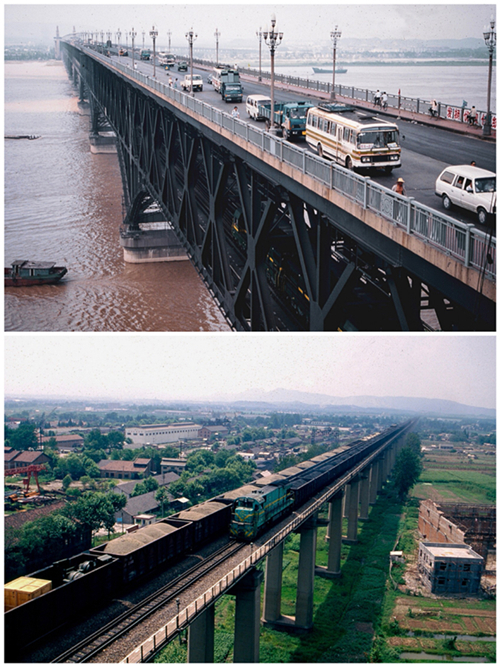
Road and rail traffic both cross Nanjing Yangtze River Bridge 1996. [Photo by Bruce Connolly/chinadaily.com.cn]
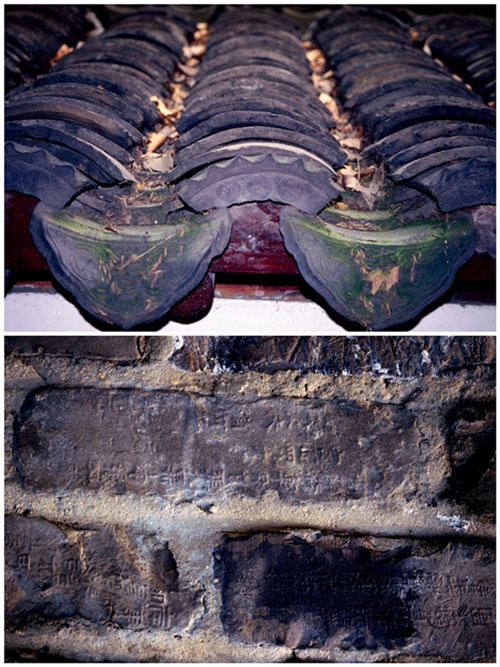
Roof tiles Confucius Temple. Bricks on city walls. Nanjing 1996. [Photo by Bruce Connolly/chinadaily.com.cn]
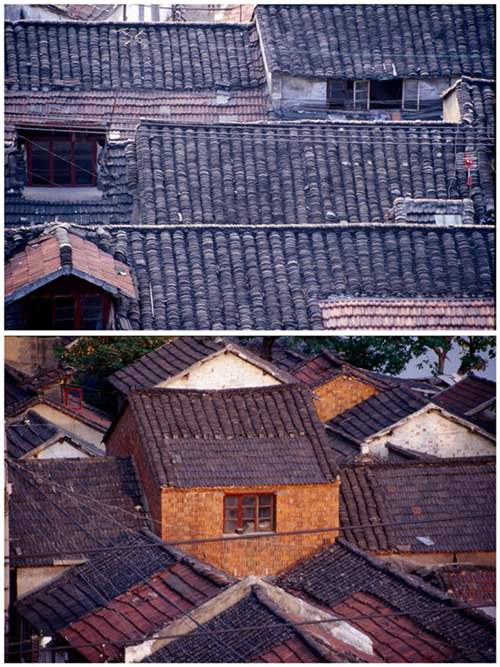
Rooftops of older Nanjing 1996. [Photo by Bruce Connolly/chinadaily.com.cn]
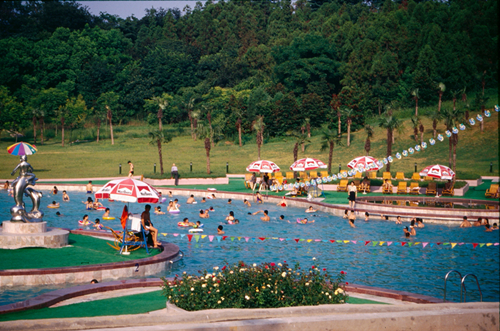
Swimming at Gulin Park Nanjing 1996. [Photo by Bruce Connolly/chinadaily.com.cn]
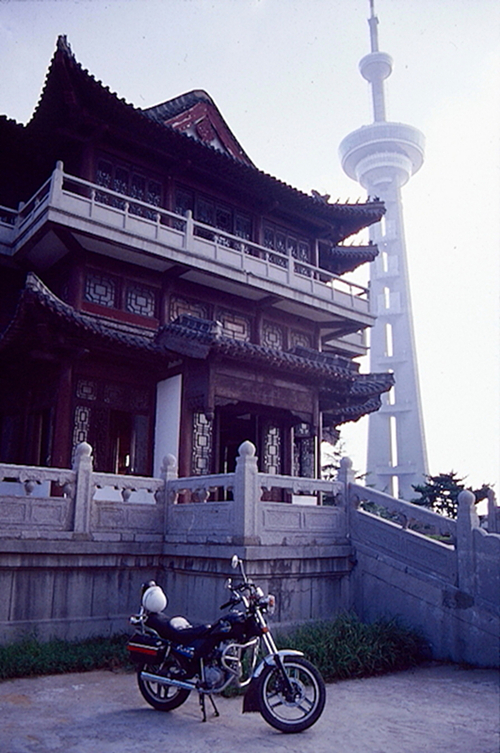
Teahouse pavilion and Nanjing Television Tower Gulin Park 1996. [Photo by Bruce Connolly/chinadaily.com.cn]
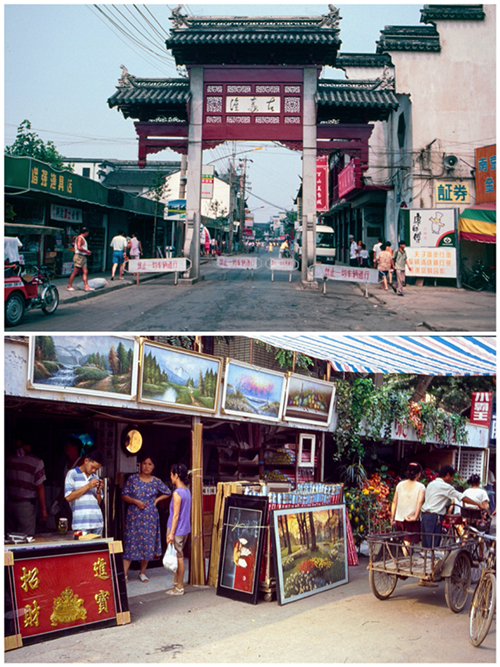
Tourist developments at Fuzimiao Nanjing 1996. [Photo by Bruce Connolly/chinadaily.com.cn]
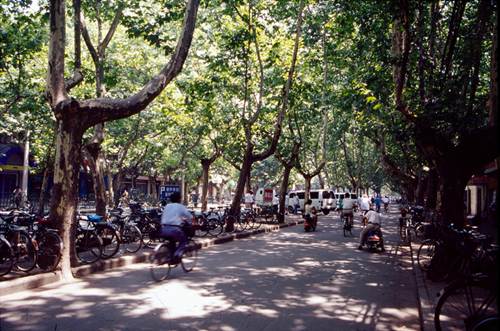
Tree shaded streets of Nanjing 1996. [Photo by Bruce Connolly/chinadaily.com.cn]
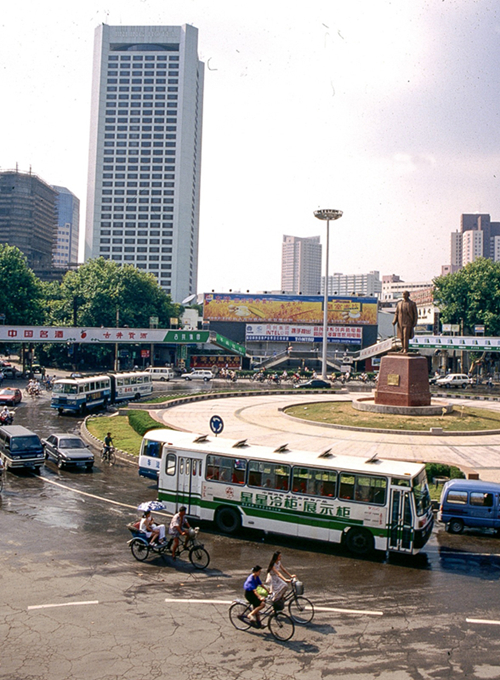
Xinjiekou Traffic Circle Nanjing 1996. [Photo by Bruce Connolly/chinadaily.com.cn]
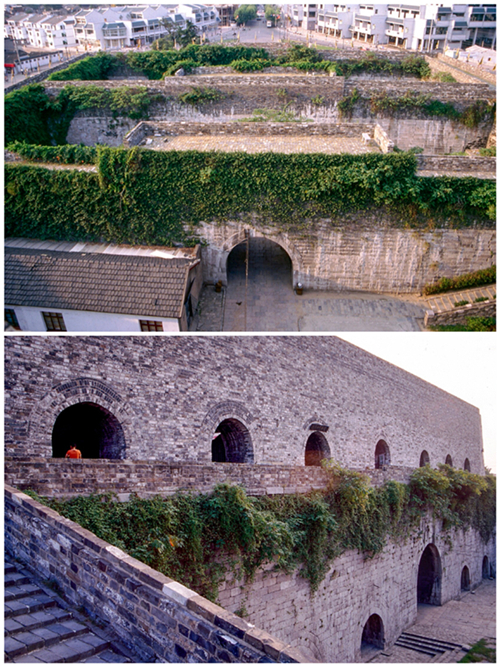
Zhonghuamen (Gate of China) Nanjing 1996. [Photo by Bruce Connolly/chinadaily.com.cn]








